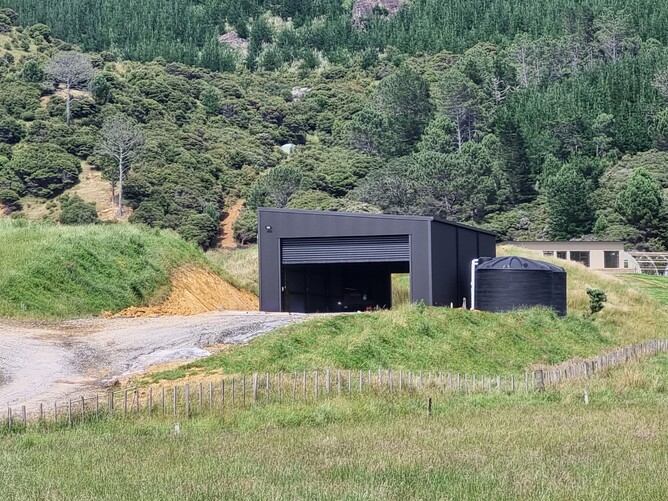Choosing the best building site for your new shed, the 9 key points
Council rules and zoning requirements. Its a good idea to research if there are any council rules which apply to your property which could restrict the size and location of your new shed. Covenants which are established by the developer can also apply to some properties. Contact us if you need support at https://www.fortbuildings.co.nz/contact/
Size and shape of the shed: Consider the size and shape of the shed you want to build, and make sure the site you choose is adequate. Consider that you need a building platform the extends beyond the shed footprint and the need for access to turn into your shed.
Level ground: Choose a site that is level or is as level as possible. It is preferable to access into the shed from flat ground and a flat site will minimise earthworks cost.
Access: Consider the access to the site and the new shed. Remember you will likely need to reverse into your shed, possibly with a trailer on so need room to manouvre. Builders will need to be able to get building materials including concrete trucks to the site.
Drainage: Think ahead to drainage of the storm water. A good site is elevated above surrounding ground and has natural fall away from the shed to prevent water from pooling or ending up inside.
Orientation: Consider the amount of sunlight the site receives and wind direction. You may wish to position windows on the sunny side and doors away from prevailing wind. Lots of ideas can be found at https://www.fortbuildings.co.nz/our-sheds/
Proximity to other buildings: Consider the proximity of the site to other buildings, including your home, neighbors' homes, and any other structures on the property. A large high shed may be visually imposing if postioned too near a dwelling.
Wind exposure: Take into account the prevailing winds in your area. Its best to choose a site that is sheltered and protected from strong winds.
Utility connections: Consider the proximity of utility connections such as electricity, water, and sewer. You may need to have these connections installed or extended to the new shed.


